Understanding and Treating Blemishes: A Guide from Purple Clinic

This post is directly written by Purple Clinic and provides medical information only. It is a posting that does not require prior review.
This article is for informational purposes only and does not promote specific drugs or medical devices.
It complies with Article 56 (Prohibition of Medical Advertising, etc.), Paragraph 1 of the Medical Act.
Why Blemishes Occur
Seeing noticeable blemishes when looking in the mirror isn't just a cosmetic issue.
Blemishes are pigmentation caused by an excessive accumulation of melanin in the skin.
Melanin protects the skin from UV rays. However, various factors such as sunlight, inflammation, hormonal changes, aging, and stress can cause excessive melanin production, resulting in spots on the skin.
Common types of blemishes include:
Freckles: Largely genetic and darken with sun exposure.
Melasma: Caused by a combination of hormonal changes, UV rays, and stress.
Age Spots (Lentigo): Occur as melanin distribution in cells becomes unbalanced with age.
Post-Inflammatory Hyperpigmentation (PIH): Pigmented marks that appear after acne or irritation.
Blemishes aren't just surface-level spots. Treatment methods vary depending on which layer of the skin the melanin has accumulated.
Why Cosmetics and Home Care Aren't Enough
General whitening cosmetics contain melanin production-inhibiting ingredients (niacinamide, vitamin C, etc.).
However, most of these products only work on the skin's surface layer (stratum corneum), so their effect on pigments deep within the dermis is limited.
Additionally, there are limitations to breaking down melanin that has already been produced. Therefore, targeted laser treatments are needed for deep blemishes or old pigmentation.
Home care is helpful for prevention and maintenance, but it's insufficient to fundamentally eliminate the pigment itself.
Effective Laser Toning for Blemish Removal
Laser toning selectively stimulates melanin in the skin, gradually lightening pigmentation while minimizing skin damage.
It mainly uses a Q-switched Nd:YAG 1064nm wavelength and is characterized by multiple treatments with low power.
Instead of applying strong energy at once, this method gently breaks down melanin pigment by delivering energy multiple times, which is then removed through the skin's natural discharge process.
Therefore, it is effective for deep or sensitive melasma, blemishes, and post-inflammatory hyperpigmentation, with minimal disruption to daily life after the procedure.
However, it is important to receive treatments consistently at regular intervals.
Advantages of Revlite SI Laser Toning
Revlite SI is a representative Q-switched laser designed to minimize epidermal damage while evenly stimulating skin pigment.
The features of this equipment are:
Uniform Beam Energy: Irradiates the entire skin with a constant intensity, reducing irritation.
PTP (Double Pulse) Mode: Delivers one pulse in two parts to reduce heat damage to the skin surface and more finely destroy melanin.
Two Wavelengths (1064nm / 532nm): Can manage both deep and superficial pigments simultaneously.
In short, it gently breaks down melanin deep in the skin to gradually lighten it.
Immediately after the procedure, there is almost no redness or irritation, and the skin tone gradually becomes clearer and blemishes fade with repeated treatments.
Combination Treatment with Noblex Laser for Complex Pigmentation
Blemishes or melasma often appear as complex pigmentation mixed with redness or microvascular changes.
In this case, combination treatment using the Noblex laser can be helpful.
Noblex is a 755nm alexandrite laser.
It is highly selectively absorbed by melanin pigment, making it effective for treating melanocytic pigmentary diseases such as blemishes, freckles, melasma, and age spots.
It minimizes skin surface damage and concentrates energy only on the pigment, evenly lightening the pigment and improving overall skin tone.
In addition, Noblex can utilize a rolling irradiation mode, which gently irradiates a wide area repeatedly to reduce irritation while delivering sufficient energy to the pigment layer.
Thanks to this, there is little redness or irritation after the procedure, and it can be used relatively safely even on melasma or sensitive skin.
Blemish Treatment Ultimately Depends on 'Experience and Thoroughness'
Pigment treatment is not simply about operating a machine.
Subtle factors such as output intensity, number of irradiations, spot size, cooling, and intervals all affect the results.
For example, melasma is sensitive to irritation and can worsen if you try to remove it all at once with a strong laser.
Experienced medical staff carefully analyze the skin's pigment depth, tone, sensitivity, and melasma boundaries to design a long-term improvement plan with safe intensity and intervals.
Also, sunscreen, minimizing heat exposure, and moisturizing care are very important after the procedure.
Receiving treatment from a healthcare provider who thoroughly guides you through these aftercare steps determines the results of blemish treatment.
Blemishes are not simply spots on the skin's surface, but pigmentary diseases caused by differences in the depth and amount of melanin in the skin.
Cosmetics can prevent them, but laser toning is effective for pigments already deep in the dermis.
In particular, Revlite SI gently and safely breaks down melanin, and in the case of complex pigments, more balanced improvement can be expected with Noblex combination.
Most importantly, the skill and dedication of the medical staff are more important than the equipment.
Rather than a single strong stimulus, a detailed plan tailored to the skin condition and consistency are key to blemish treatment.
All procedures may vary depending on the individual, and side effects such as swelling, inflammation, and bleeding may occur, so be careful.
Purple Clinic
Images:
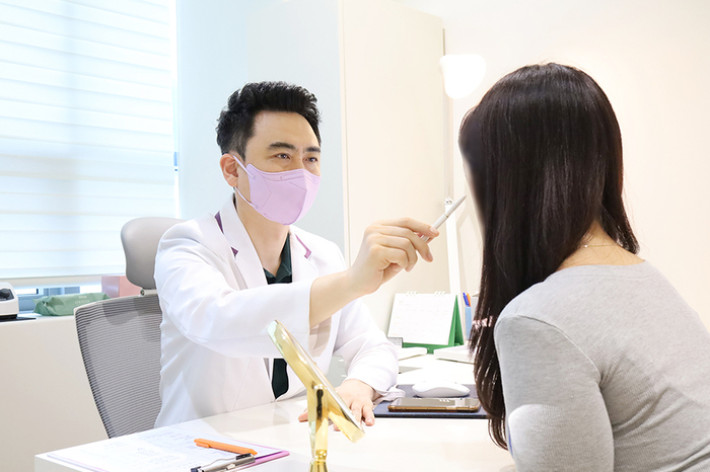

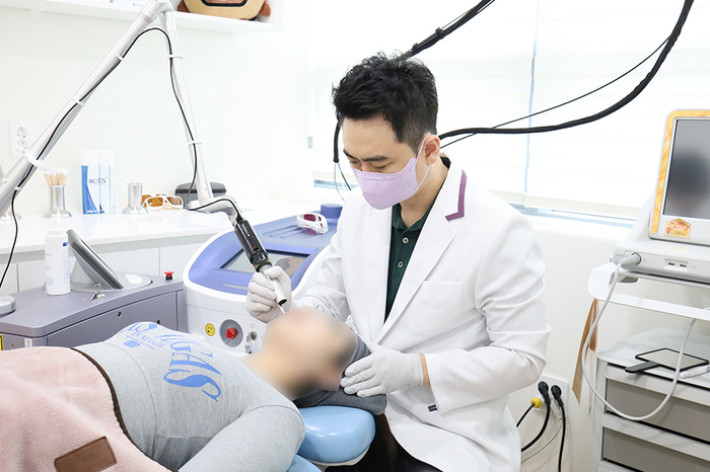
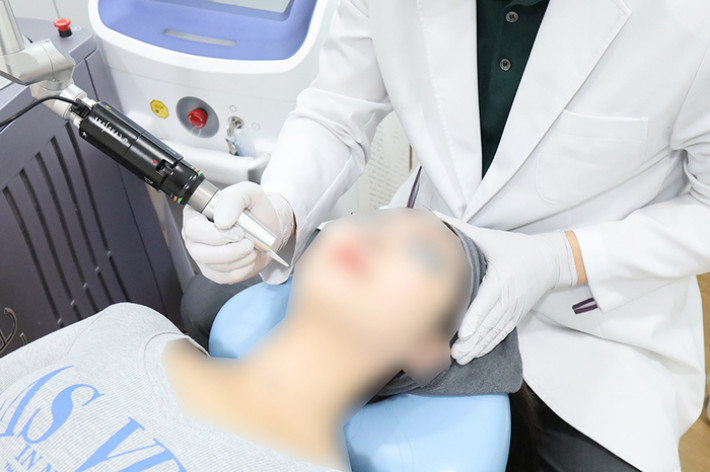
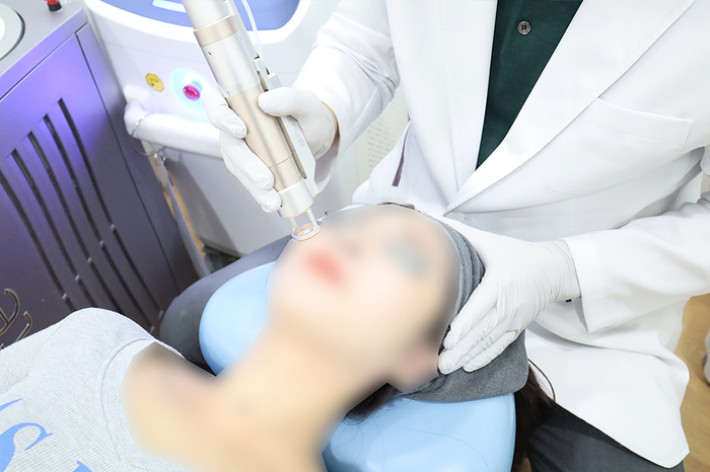
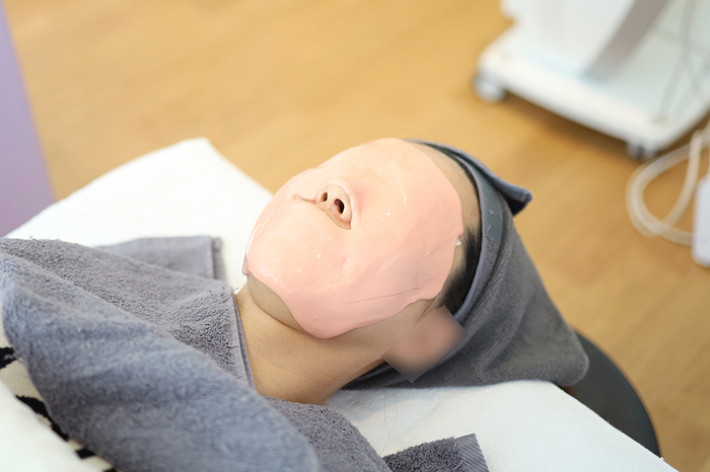
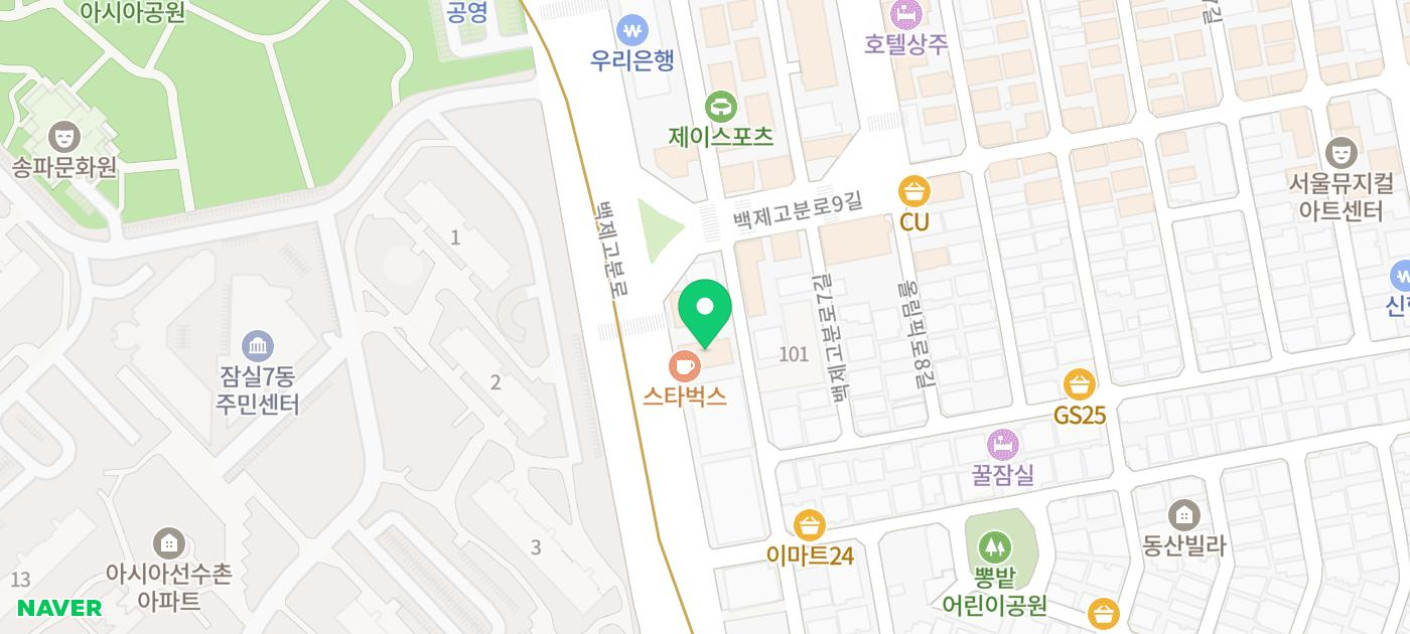
Source :https://blog.naver.com/purpleclinic/224050153138
No comments yet.
